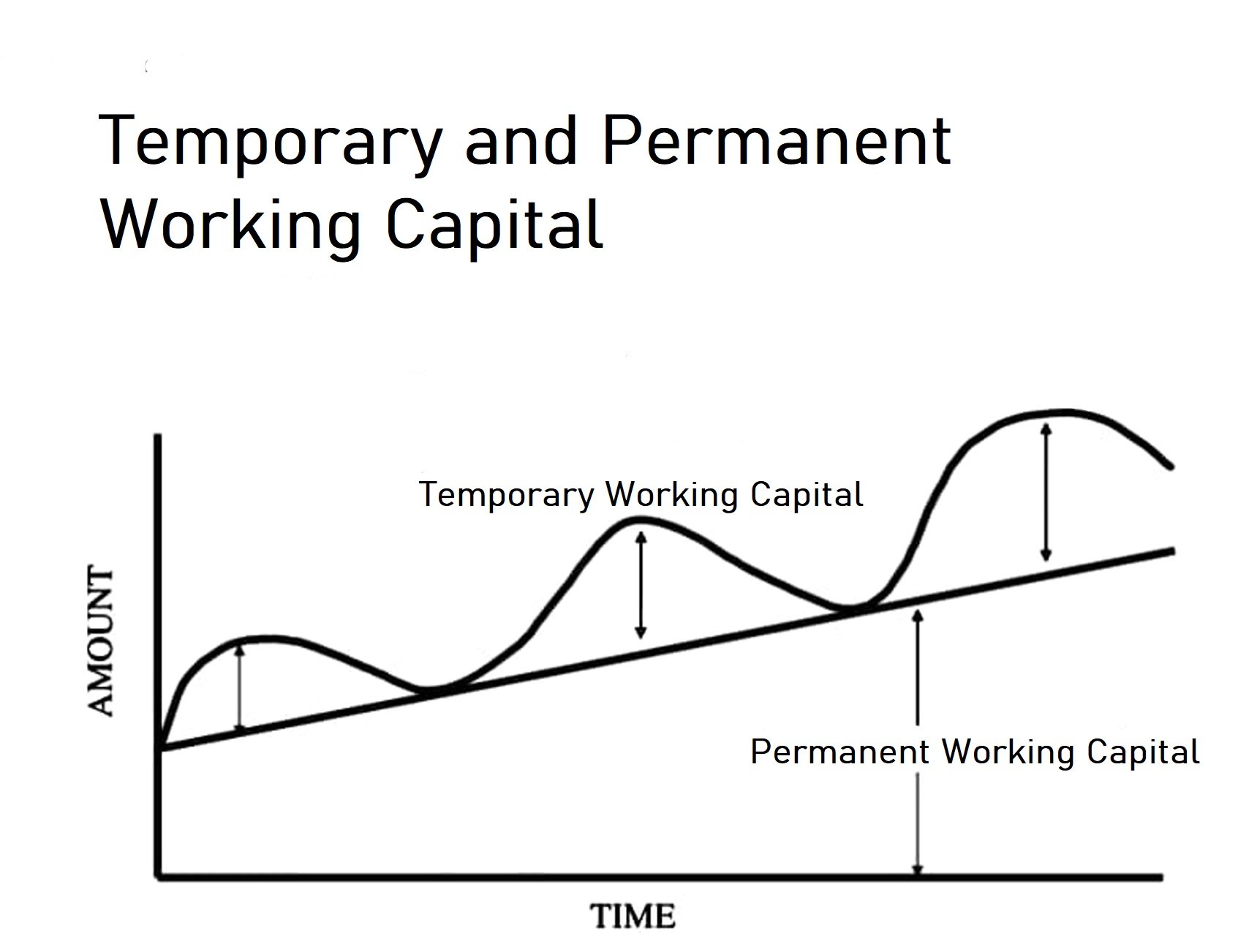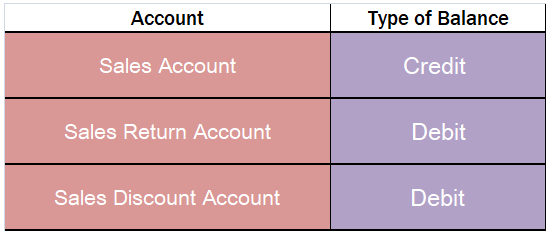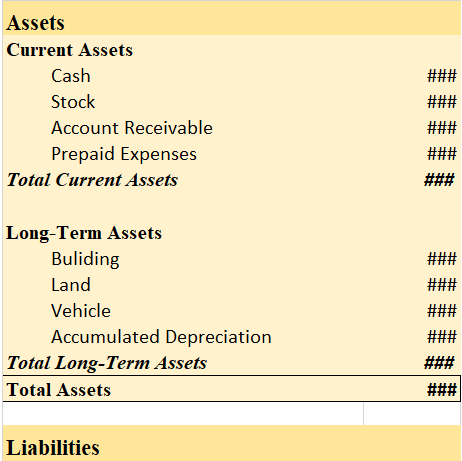Introduction Working capital refers to the capital which is required by an enterprise to smoothly run its daily operations. It is the measure of the short-term liquidity of a business. Working capital is the total of the current assets of a business, net of its current liabilities. Working capitalRead more
Introduction
Working capital refers to the capital which is required by an enterprise to smoothly run its daily operations.
It is the measure of the short-term liquidity of a business.
Working capital is the total of the current assets of a business, net of its current liabilities.
Working capital = Current Assets – Current Liabilities
The working capital consists of cash, accounts receivable and inventory of raw materials and finished goods fewer accounts payable and other short-term liabilities.
Without a proper level of working capital, a business cannot maintain regular production and pay its creditors and expenses.
Hence, for proper management of working capital, it is divided into types:
- Permanent working capital
- Temporary working capital
I have discussed them below:
Permanent Working Capital
It is the fixed level or minimum level of working capital that an enterprise needs to maintain to ensure production at the normal capacity and pay for its daily expenses. It is independent of the level of production.
It is also known as fixed working capital.
By ‘permanent’, it does not mean that it will forever remain at the same level or amount but it may change if the overall production capacity changes. But such changes in permanent working capital are not often.
Temporary Working Capital
It is the level of working capital that depends upon the level of production of a business. It is the excess working capital over the permanent capital that is required to meet seasonal high demand.
It is also known as fluctuating working capital because it tends to change often depending on the level of production.
Temporary working capital is required when high production is required to meet seasonal demands.
For example, a bakery will need more working capital to meet the increased demand for cakes and pastry during Christmas season
Graph showing permanent and temporary working capital

Here, the temporary working capital is fluctuating whereas the permanent working capital is gradually increasing with time.
See less










Fictitious assets On seeing or hearing ‘fictitious’, the words which come to our mind are ‘not true, ‘fake’ or ‘fantasy’. So, fictitious assets are those items that appear on the assets side of the balance sheet but are actually not assets. In substance, fictitious assets are the expenses and lossesRead more
Fictitious assets
On seeing or hearing ‘fictitious’, the words which come to our mind are ‘not true, ‘fake’ or ‘fantasy’. So, fictitious assets are those items that appear on the assets side of the balance sheet but are actually not assets.
In substance, fictitious assets are the expenses and losses that are not completely written off in a financial year and are required to be carried forward to the next financial year.
The examples of fictitious assets are as follows:
Fictitious assets appear on the asset side of the balance sheet as expenses and losses have a debit balance.
*when the balance sheet is prepared as per Schedule III of Companies Act, the Net loss is shown as a negative figure under the head Reserve and Surplus.
Intangible Assets
Intangible assets mean the assets which don’t have any physical existence. They cannot be seen or touched but are assets because they do provide future economic benefits to the business. Like tangible assets (like machinery and building), they can be also created, purchased or sold.
Like tangible assets are depreciated, intangible assets are gradually written over by amortization over their useful lifespan to account for the economic benefits provided by them.
Following are the examples of intangible assets:
Intangible assets which are created by the business-like goodwill or brand recognition do not appear in the balance sheet.
Only acquired intangible assets can be shown in the balance sheet. Like purchased goodwill, patents, trademarks etc.
Intangible assets also face impairment if their fair value is less than their carrying value after deducting amortization expense. The difference between carrying value and fair value is shown in the Profit and loss A/c as impairment charge and the asset is valued at fair value in the balance sheet.
See less